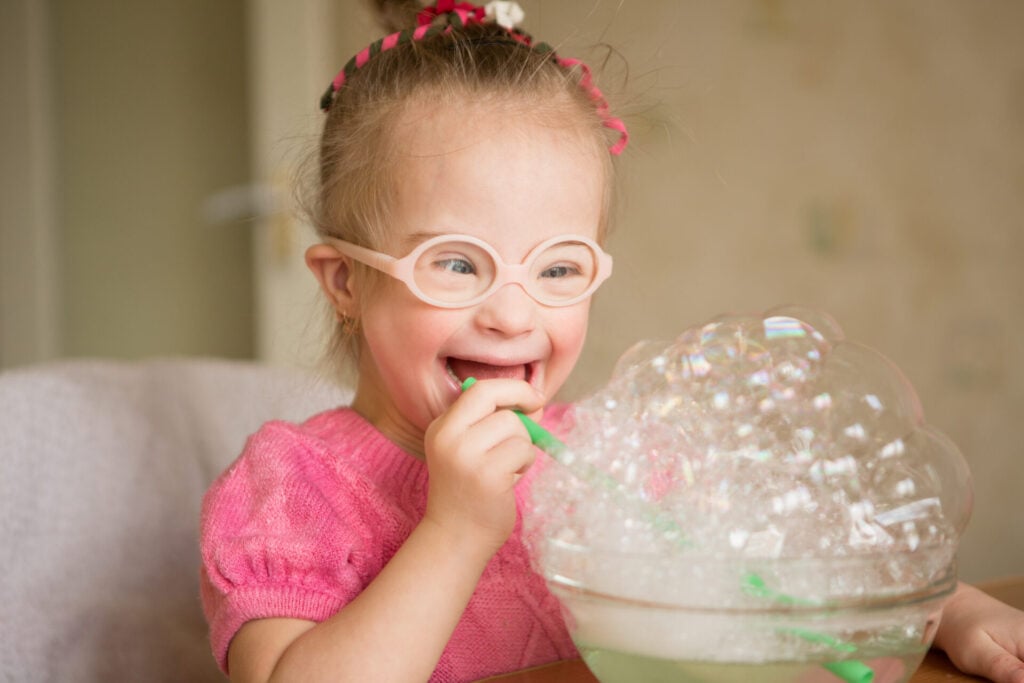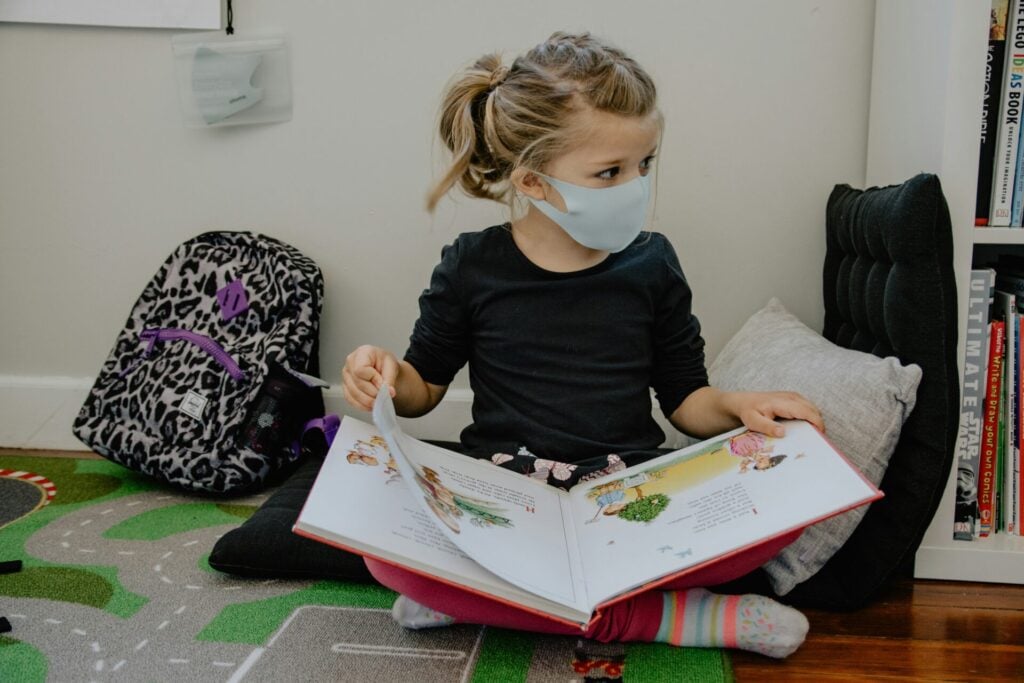Watching your baby or toddler explore the world through sounds, expressions, and babbles is a joyful part of early development. But what you might not realise is that simple actions, like blowing activities or using straws, can have a big impact on their oral motor skills. These everyday actions do more than just entertain. They help build strong mouth muscles, improve coordination, and support speech development.
If you’re looking for fun and practical ways to support your child’s speech and feeding milestones, introducing playful oral motor exercises for kids is a great start. Blowing activities, in particular, are an easy and effective way to strengthen the lips, cheeks, tongue, and jaw, key areas for sound production and clear articulation.
Why Oral Motor Development Matters
Oral motor development refers to the movement and coordination of the muscles in the mouth, jaw, tongue, and lips. These muscles are responsible for everything from speaking clearly and chewing food to managing saliva and swallowing safely.

During the toddler years, your child’s oral motor skills are still forming. This is a crucial time when the right kinds of activities can support stronger function and coordination. When these muscles are weak or poorly coordinated, you may notice signs like unclear speech, difficulty with certain sounds, food sensitivities, or even trouble drinking from a straw or cup.
Strengthening these muscles doesn’t require formal drills or therapy sessions. Many oral motor skills can be improved through playful, everyday experiences.
The Power of Blowing Activities
Blowing through a straw, blowing bubbles, or trying to move a cotton ball across the table with breath—these simple actions are actually exercises in disguise. They engage the diaphragm, activate the cheeks, encourage lip rounding, and teach your toddler to control airflow—all of which are important for speech development.
When your child practices controlled blowing, they’re also learning breath support and timing, both of which are foundational for forming words and producing sound combinations. Even fun activities like blowing whistles or party blowers can stimulate better breath coordination and encourage imitation of sounds.

According to Understood.org, incorporating simple oral motor activities into your toddler’s daily routine can help improve not only speech development but also feeding readiness and social engagement.
Signs Your Toddler May Benefit from Oral Motor Play
You don’t need to wait for a diagnosis to try these activities. If your child struggles with certain foods, gags easily, avoids cups or straws, or seems delayed in forming sounds, these may be subtle signs that oral motor muscles need strengthening. Similarly, if your toddler has limited babbling, makes only a few consonant sounds, or doesn’t imitate speech sounds, adding more structured oral play into your daily routine can be very helpful.
Of course, every child develops at their own pace. But by being proactive and attentive to your toddler’s needs, you can create a foundation for clearer speech and easier feeding habits through play-based exercises.

Simple Ways to Get Started at Home
You don’t need expensive toys or therapy tools to begin. Start by offering your child a straw to sip smoothies or practice blowing bubbles in water. Try having fun contests like who can blow a cotton ball across the table first. You can even use pinwheels, whistles, or pretend to blow out candles together.
The goal is to keep it playful and low-pressure. These moments not only support development but also give your child a sense of achievement and joy.
Building Confidence Through Consistency
As with any motor skill, repetition and consistency are key. The more opportunities your toddler has to engage these muscles in a natural, stress-free way, the stronger and more coordinated they’ll become. Just a few minutes of blowing games a day can lead to noticeable improvements in speech clarity, oral control, and even eating habits.

If you’re working with a speech-language pathologist, they may also recommend specific exercises or variations of these activities based on your child’s individual needs.
Encouraging Growth Through Everyday Play
Blowing activities may seem like small moments of fun, but they carry real developmental value. They give your toddler a chance to exercise essential muscles while enjoying playful interaction with you. As your child grows and begins to form more sounds and words, you’ll likely see the payoff in improved clarity, confidence, and comfort with oral movements.
By integrating these types of activities into your daily routine, you’re not just supporting your child’s development—you’re creating joyful moments of connection and learning that matter in the long run.
This article is for informational purposes only and doesn’t replace professional medical or developmental advice.









